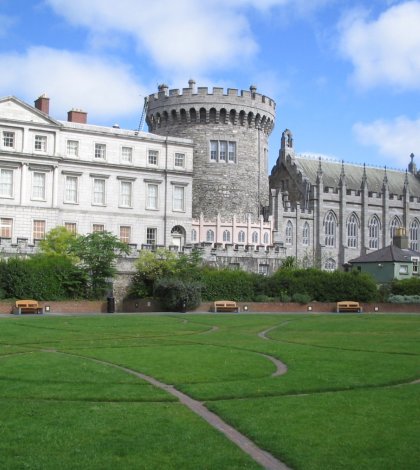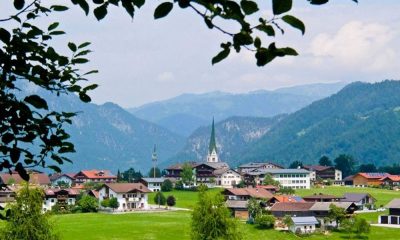A Journey through the Histories of the Provinces of the Republic of Ireland
Dublin, one of the most famous county towns in Ireland, has a long history that stretches back all the way to around the year 837. For almost a century, the area was under heavy attack by the Vikings, who made a point to attack all of the religious establishments that were both in the city and around its outskirts. It was not until 841 that they chose to take up a permanent residence in the city. Shortly after, it became the largest city among the Vikings, who took advantage of that fact to try to make their presence more prominent throughout the entire country.
They helped High King Brian Boru to restore and solidify his rule in Ireland. However, after his death, the Vikings began to seek help from the Wales Normans who would seize power in Dublin. In the beginning of the twelfth century, King Henry II ordered the English troops to the city of Dublin where they took up residence and made Dublin the capital of the Norman’s territory. However, in 1317, the Scottish attempted to take over the city, but failed in their attempt, managing to destroy many of the buildings in the process.
When the Black Plague reined over the city in the mid-fourteenth century, the population shrank, as did the English’s control over the area. When the Tudor family came to power and attempted to conquer Dublin, the Earl submitted to their requests and the English throne took complete control over the area. Only in 1649 did their reign in Dublin end when Cromwell landed and invaded, taking complete control over the city. Though the city was almost entirely destroyed, it would bring about a time of stability for the people.
Dublin flourished under Cromwell’s rule as their population continued to increase once again from the days of the Plague. Dublin became the British Empires second largest city as the population continued to dramatically increase. When the Irishmen rebelled in 1798, the turmoil never seemed to reach into Dublin. The city began to experience an economic downturn for the first time, and at the rate the population was increasing, it had an even more detrimental effect. People were immigrating into the area because of the Great Famine in the nineteenth century, but there was hardly enough food to spare with a population of over 100,000.
Ireland was still a capital of the state, but by 1949, it had separated itself from English rule and become a republic. They joined the Common Market and they began to even out their economic growth. It was finally stable enough to support the population that was contained within its walls. It became known as the European Capital of Culture in the late twentieth century and continues to grow today. In modern times, Dublin has had many successes in every arena from music to sports. The economy is far stronger than it was in the days of the eighteenth century when famine and death seemed to plague the city. It remains an elegant city and a major attraction to those who live outside of its walls.





















